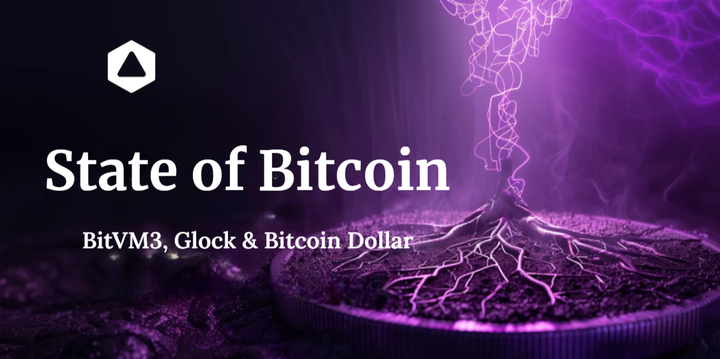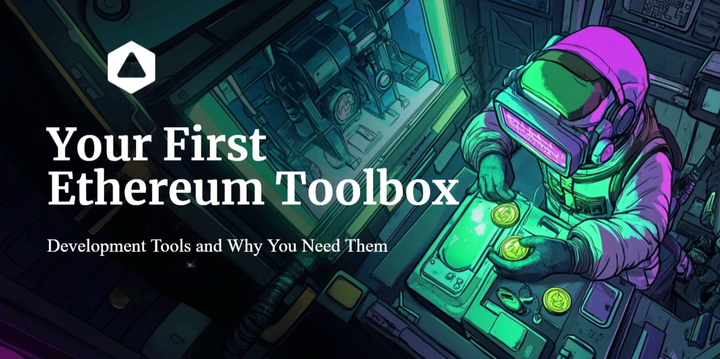A Beginner's Guide to Understanding the Ethereum Virtual Machine
In this beginner's guide, we will explore the basics of the Ethereum Virtual Machine, including its functions, architecture, and impact on the blockchain industry.

The Ethereum Virtual Machine (EVM) is a critical component of the Ethereum blockchain network. It is a sandboxed environment that allows smart contracts to execute code and interact with each other on the Ethereum network. In this beginner's guide, we will explore the basics of the Ethereum Virtual Machine, including its functions, architecture, and impact on the blockchain industry.
What is the Ethereum Virtual Machine?
The Ethereum Virtual Machine (EVM) is a software environment that enables smart contracts to execute code on the Ethereum network. It is designed to be a standalone environment where smart contracts can be deployed and executed without the risk of interference from other contracts or the underlying operating system. The EVM operates on a stack-based virtual machine architecture, which enables it to execute complex instructions in a secure and isolated environment.
Functions of the Ethereum Virtual Machine
The primary function of the Ethereum Virtual Machine is to execute smart contract code. The EVM provides a standard set of instructions that smart contracts can use to perform various operations, such as sending transactions, storing data, and executing code. This standardization allows smart contracts to interact with each other on the Ethereum network, regardless of the programming language they were written in.
The EVM also provides a sandboxed environment for smart contracts to run in, ensuring their security and isolation from the rest of the Ethereum network. This makes it difficult for a malicious actor to interfere with the execution of smart contracts or steal sensitive data.
The architecture of the Ethereum Virtual Machine
The Ethereum Virtual Machine operates on a stack-based virtual machine architecture. This architecture uses a stack of memory to store and manipulate data during the execution of smart contract code. The stack can hold both data and instructions, and the EVM executes instructions in a linear sequence, using the data on the stack as inputs.
The EVM also includes a set of standard instructions that smart contracts can use to interact with the Ethereum network. These instructions cover a range of operations, including sending transactions, storing data, and executing code. The EVM executes these instructions by executing code in its virtual machine, which provides a secure and isolated environment for smart contracts to run in.
Impact on the Blockchain Industry
The Ethereum Virtual Machine has had a significant impact on the blockchain industry since its inception. By providing a standardized environment for smart contracts to execute code, the EVM has made it possible for developers to create a wide range of decentralized applications (dapps) on the Ethereum network. These dapps have the potential to disrupt a range of industries, from finance to gaming, by providing secure, decentralized alternatives to traditional centralized systems.
One of the most significant impacts of the EVM has been the rise of decentralized finance (DeFi) applications. The EVM provides a secure and transparent environment for financial applications to run in, making it possible to create decentralized exchanges, lending platforms, and other financial applications. These DeFi applications have the potential to challenge traditional financial systems by providing more secure and accessible financial services to users.
Conclusion
In conclusion, the Ethereum Virtual Machine is a critical component of the Ethereum blockchain network. It provides a secure and isolated environment for smart contracts to execute code and interact with each other on the Ethereum network. The EVM has significantly impacted the blockchain industry, making it possible for developers to create a wide range of decentralized applications, including decentralized finance applications.

Connect with InfinitySwap
Bitfinity Wallet |AMM | Twitter | Website | Telegram | Discord | Github






Comments ()